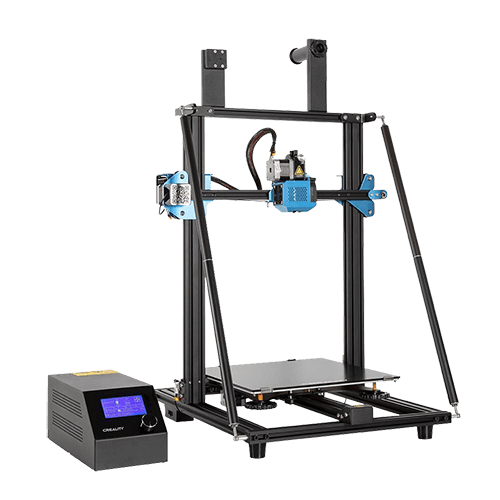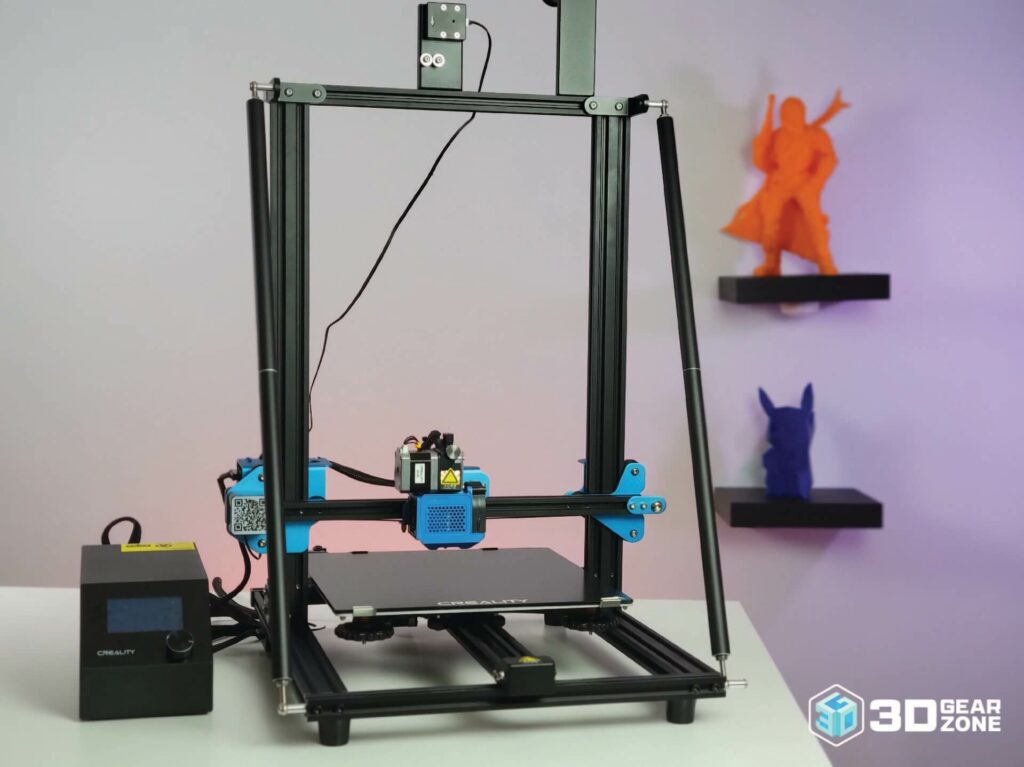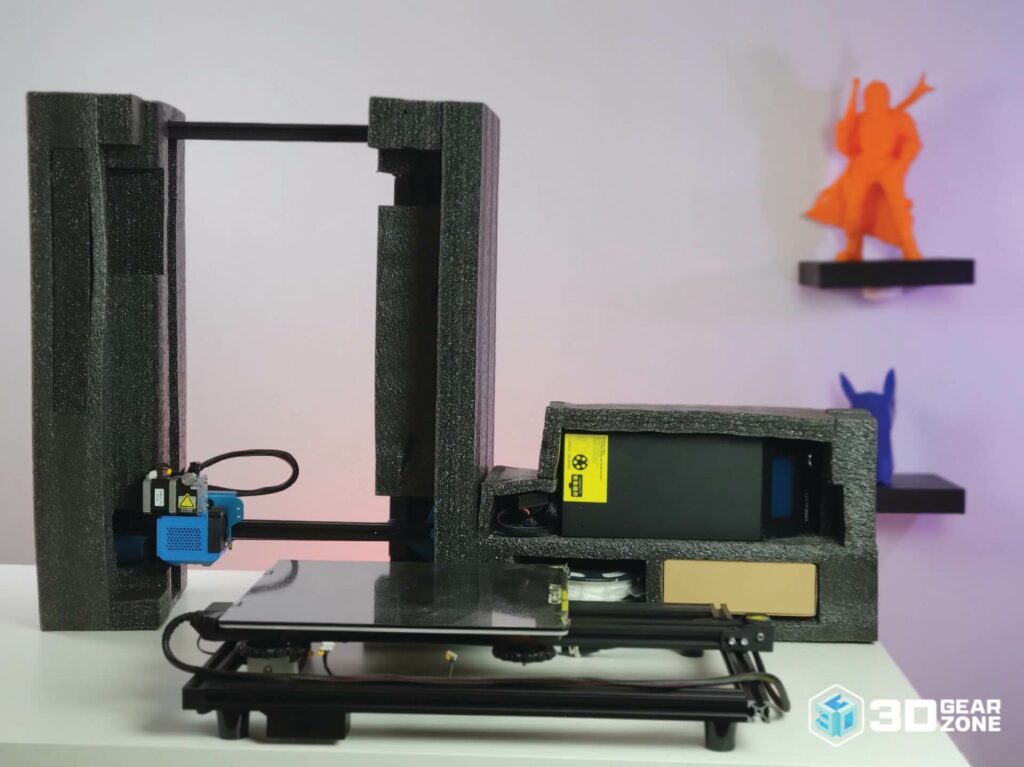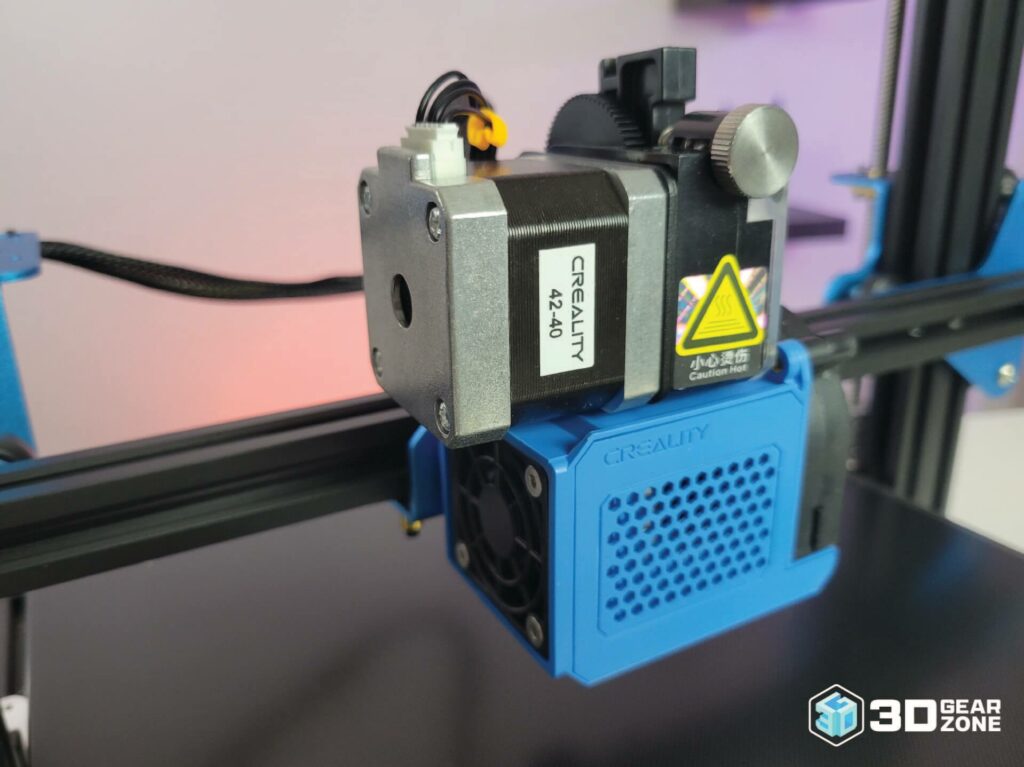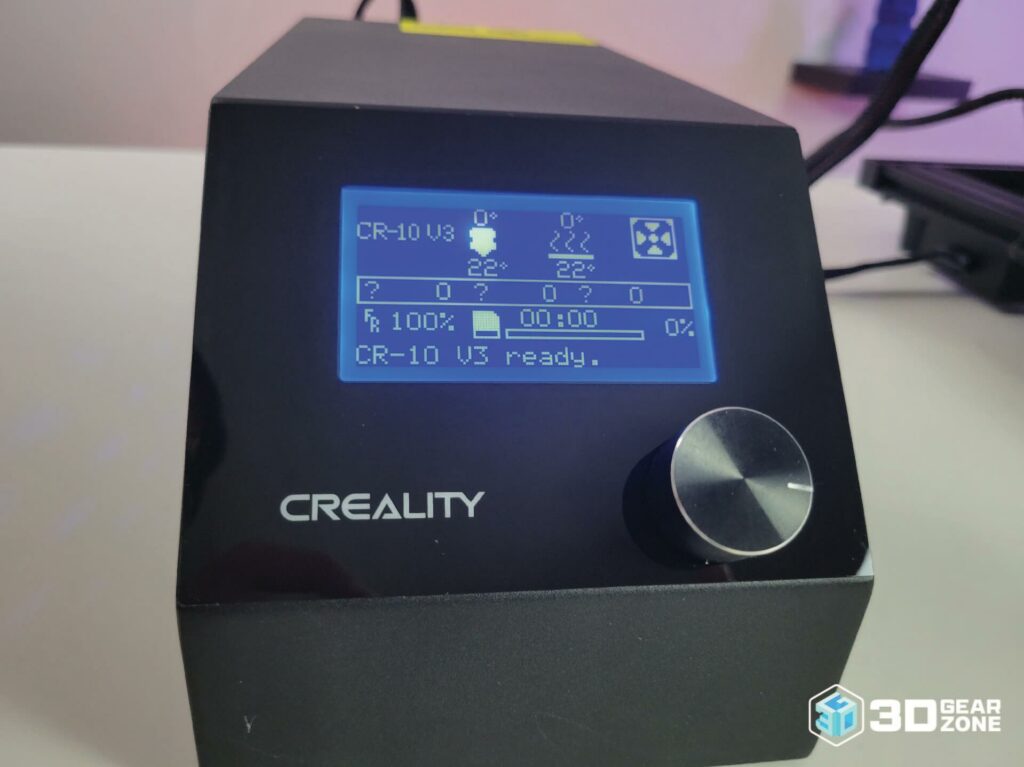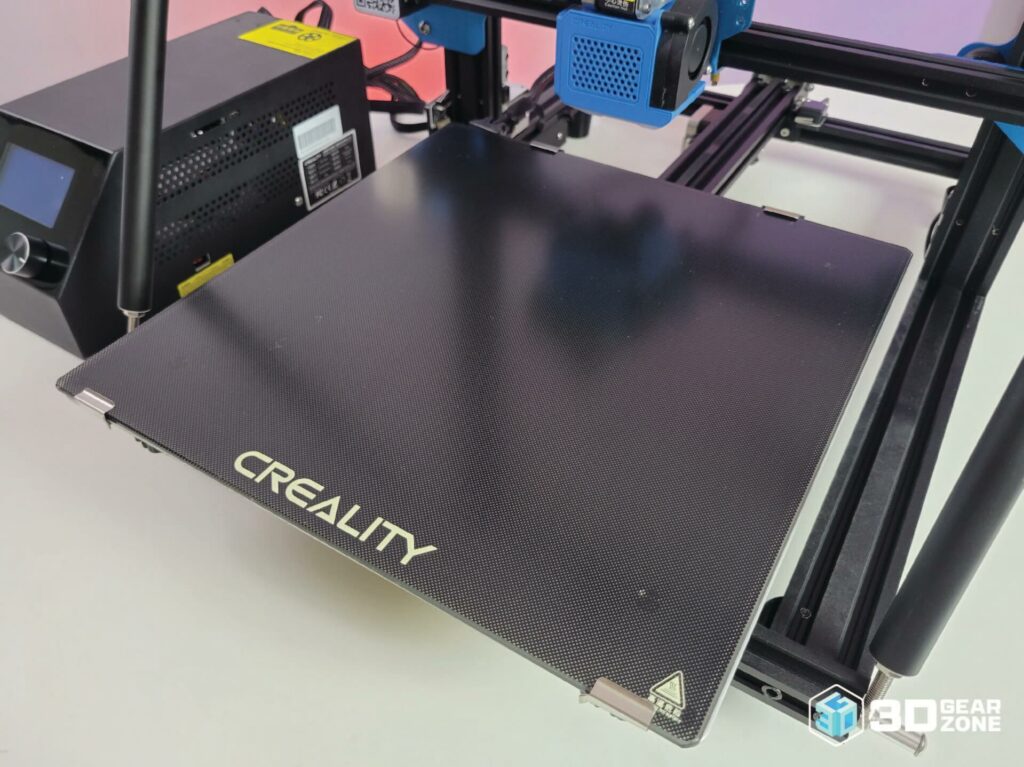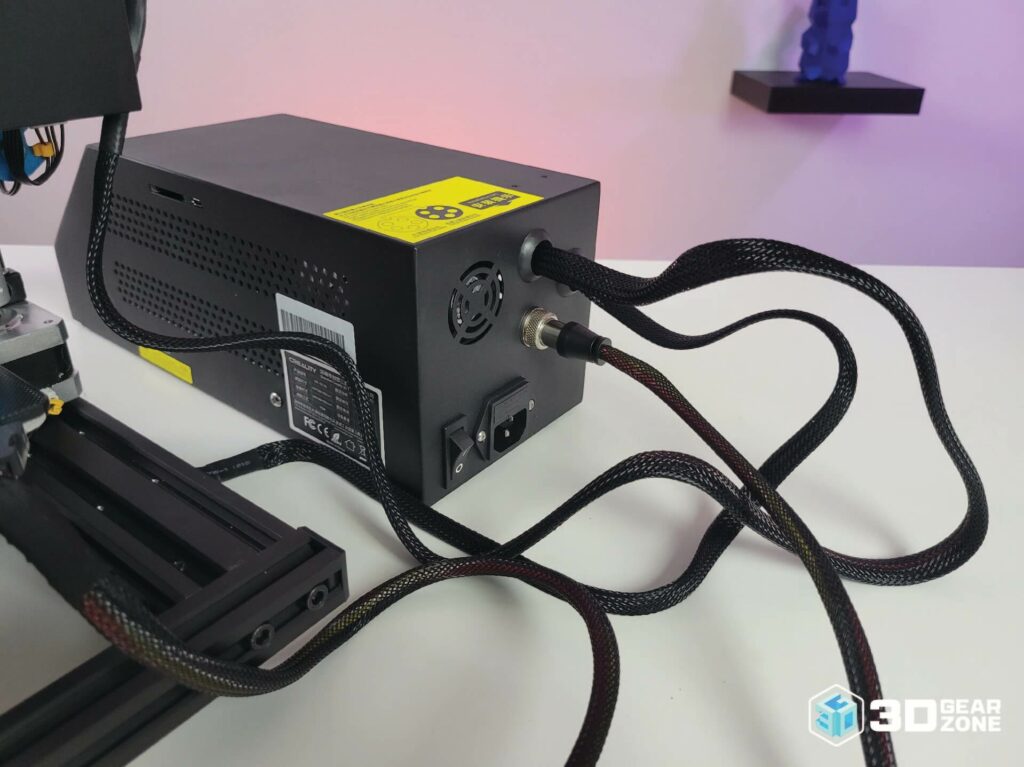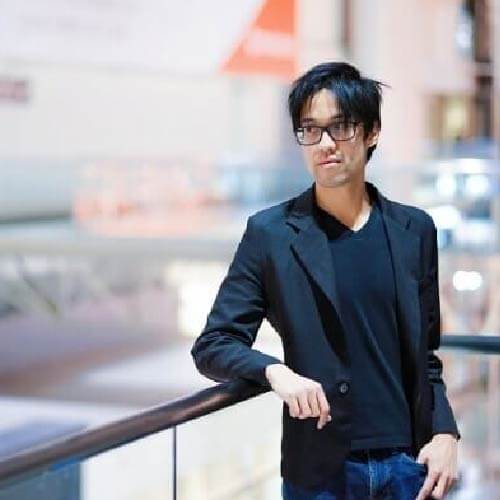The Pros
- Good print quality
- Huge community and retailer support
- Equipped with direct drive extruder
- Easy to upgrade to automatic bed levelling
The Cons
- Very dated printer experience
- External control box is a failure point and presents a usability issue
- Must print slower due to the direct drive extruder and light frame
- More expensive than its competitors

